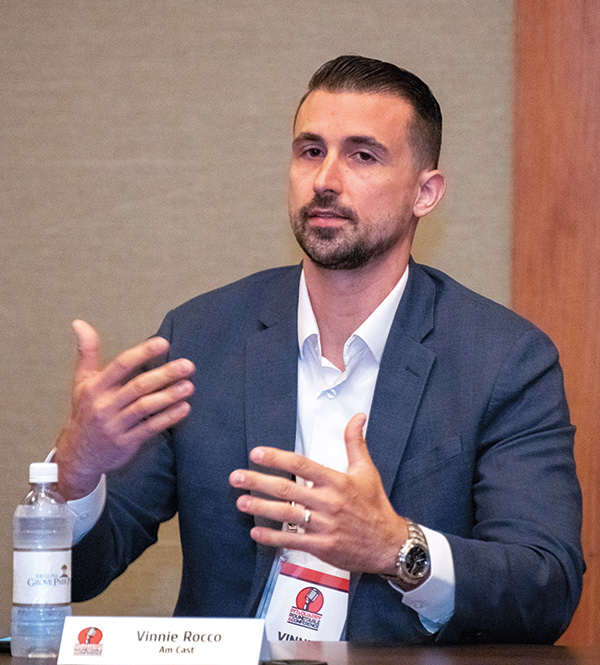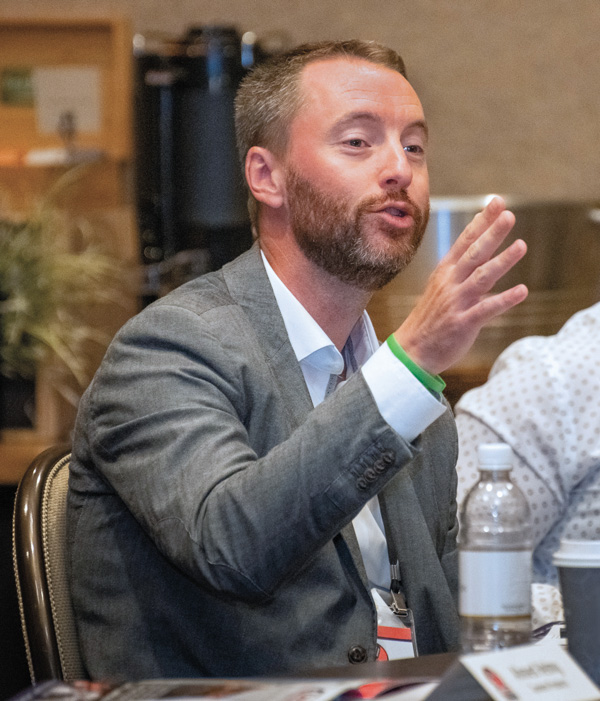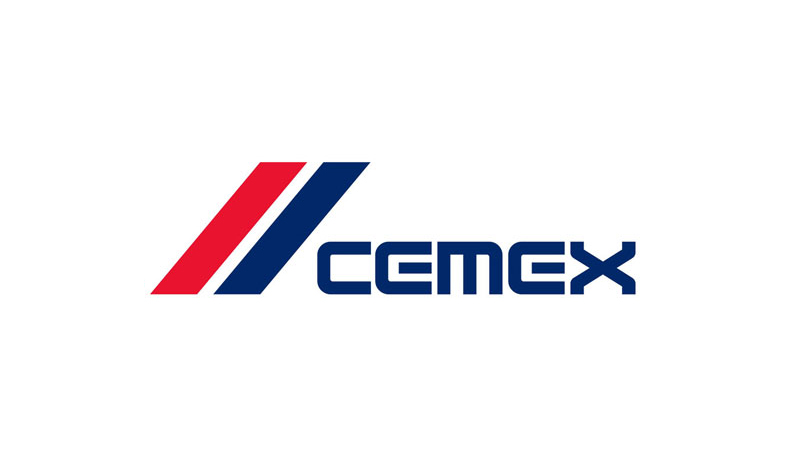The following transcripts were edited from two concurrent discussions at this year’s Pit & Quarry Roundtable & Conference. The transcript from the second session begins in this post. This conversation was edited for brevity and clarity.

P&Q: As COVID-19 injected a great deal of uncertainty into the 2020 business environment, aggregate producers everywhere slowed their capex planning dramatically. At the same time, the pandemic created an opportunity for operations to reevaluate production and business processes. Producers: How have you leveraged new equipment, technology or services in the last year, and how has the pandemic shaped the evolution of your operations? How are you balancing productivity with safety? Also, if your capex plan was sidelined in 2020, is it back on in 2021? Equipment suppliers: What observations can you share of the 2020 and 2021 capex environment? Are you seeing activity pick up this year? Additionally, are you reshaping your equipment, technology or service offerings in any way moving forward?
VINNIE ROCCO (AMCAST): Early on in 2020 and then in the pandemic, we saw roughly a 5 percent [increase] in the wear parts side of our business. This was attributed to more projects getting done. The producers were producing, crushing more rock and using more wear parts. I think there also was a bit of panic buying, too. Producers weren’t sure if they would be able to get parts in the long run, so they stockpiled within reason what they thought they would need in a year. We saw a quick spike in wear parts but, at the same time, the equipment side of our business kind of slowed. More producers were holding on to [capital]. These are big expenses, and they were being much more conservative. So, as we come into 2021, we’re starting to see the interest for our equipment side picking up again. We’re able to have discussions, go on sites, get in the door, walk the plant and have the meeting. Before, this was very difficult. We also tried to have many conversations with our vendors and distributors to put as much product on the ground as they could going into this year, especially with the cost of raw materials going up and freight just getting out of control. It’s become about trying to convince or show them why we’re shifting some of the stock responsibility to them, or explaining why increasing their stock was important.

JEFF KUENN (ABB MOTORS & MECHANICAL): We were fortunate enough not to have a reduction in capex in 2020. We continue to invest now – probably more than ever – in 2021 and ‘22 just to become more efficient. We’ve talked about trying to find the efficiencies and keep up with demand our customers are asking for.
TONY GIANNI (TRIMBLE): In the fourth quarter last year, we did see kind of an uptick in capex projects. This kind of pushed into the first quarter of 2021. A lot of it was probably because some of the producers and contractors we sell to had less travel, fewer expenses and there was a surplus in that budget. With that said, I am wondering where producers are this year. With some of the uncertainty ahead, where are you guys on the adoption curve for technology? Is it a part of your thinking?
KAREN HUBACZ-KILEY (BOND CONSTRUCTION CORP.): Last year, we just did the necessities because we were concerned. We’re looking at making plant modifications now, and a lot of our reasoning behind it is we’re concerned about keeping up with demand. With everything we see coming forward, now’s the time. We have to do some upgrades because we have to produce more. My biggest concern at this point is I’m having difficulty keeping up with demand. It’s only going to get worse from here. In terms of what we’re looking to do with capital investments, it’s upgrading and newer tech. We’re small, so it’s a big deal for us to do a big capital investment. But I think now’s the time when we’re going to have good payback from it.

THOMAS HAUN (TURNER MINING GROUP): Technology will be key. The ability to respond quickly to the opportunities that we’re talking about is important. Technology helps with some of the labor constraints we’ve talked about, as well as some of, I’ll say, the capex constraints. How can I be more efficient with my capex dollars? It’s not necessarily getting rid of them but getting more out of them. I think technology would be the key. We’ve been pushing OEMs to help us integrate more technology that allows us to respond faster. I do not see that slowing down.
ELLIOT ARCHIBALD (SUPREME MANUFACTURING): One thing we’re seeing is our customers are really excited about the automation in our equipment because of the labor shortage. They want equipment to be easier to learn and use, so that if they lose somebody or they can’t find somebody, then at least [equipment] is not that sophisticated. Even when we’re quoting something, the customer will say: ‘That all sounds good. Can you also send two ships’ worth of operators to run it when you ship it?’ There are new challenges and new surprises every day, for sure. But the automation side is becoming more prevalent.
WILL PIERCE (SCHURCO SLURRY): I find it funny we’re talking about this. I actually took a video out the [hotel] window earlier this morning. They had a little robot lawn mower mowing the lawn down there. I just thought it was interesting. You know, things like that are percolating further into our daily lives. In this industry especially, I think that it’s definitely coming. It’s already happened in other industries with some degrees of success. Autonomous haulers are working in Nevada and Arizona now, and that’s just one example. But remote monitoring on equipment is coming down the pipeline. As OEMs, we need to get ahead of the curve, integrate it and offer it. But, it all comes with a price. We’re seeing so many price pressures on so many other things right now. Because of that aspect, some of this might get pushed out even a little further while we get through the current pricing issues.
Click here for Part 1 of the capex discussion that took place at the 2021 Pit & Quarry Roundtable & Conference.












